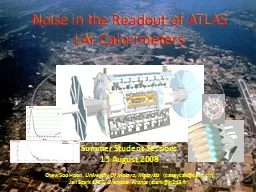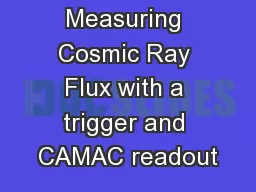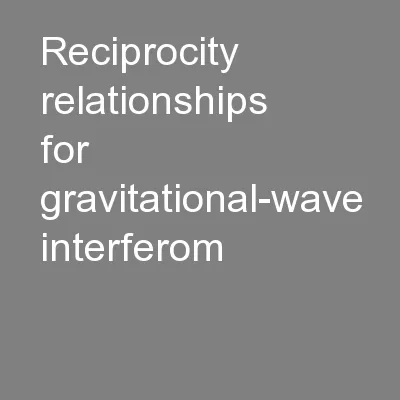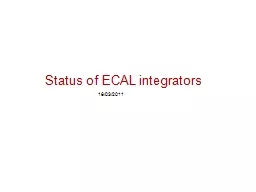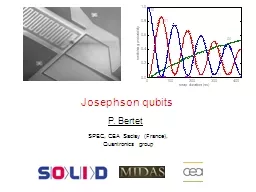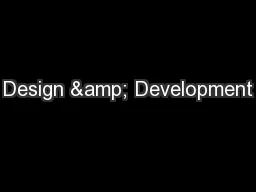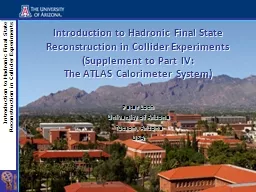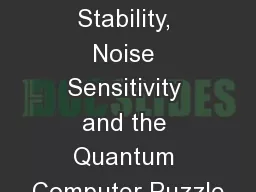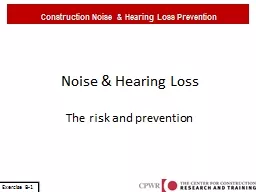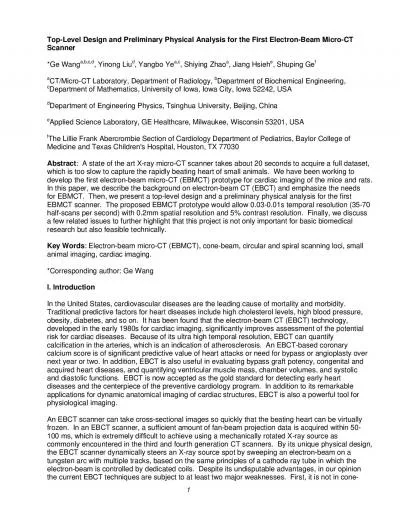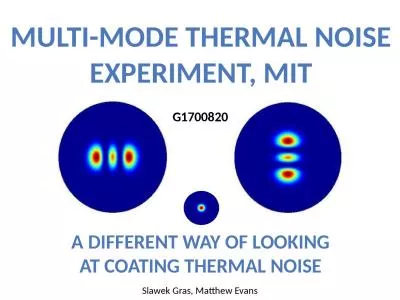PPT-s 1 Noise in the Readout of
Author : phoebe-click | Published Date : 2017-07-24
ATLAS LAr Calorimeters Summer Student Sessions 13 August 2008 Chew Soo Hoon University Of Malaya Malaysia caseycshcernch Jan Stark LPSC Grenoble France starkin2p3fr
Presentation Embed Code
Download Presentation
Download Presentation The PPT/PDF document "s 1 Noise in the Readout of" is the property of its rightful owner. Permission is granted to download and print the materials on this website for personal, non-commercial use only, and to display it on your personal computer provided you do not modify the materials and that you retain all copyright notices contained in the materials. By downloading content from our website, you accept the terms of this agreement.
s 1 Noise in the Readout of: Transcript
Download Rules Of Document
"s 1 Noise in the Readout of"The content belongs to its owner. You may download and print it for personal use, without modification, and keep all copyright notices. By downloading, you agree to these terms.
Related Documents

